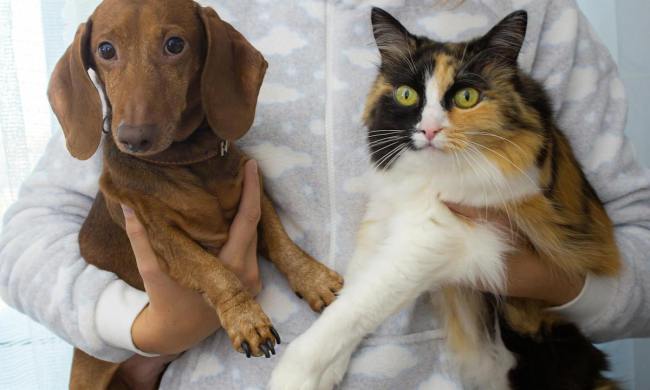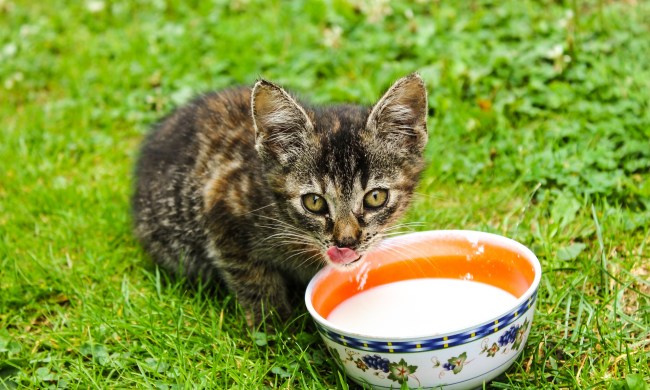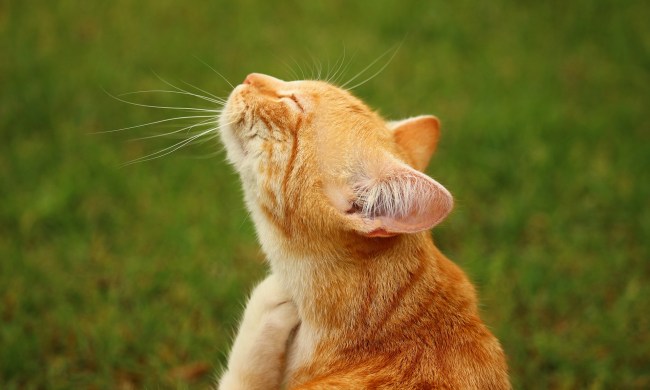Are you a new cat owner curious about what to feed your cat? Or are you a well-seasoned owner with a precise cat feeding schedule, and you constantly ensure that what you’re giving is healthy cat food? Whether you fit in one of those categories or somewhere in between, we have just the guide for you. Keep reading to learn about what dry cat food ingredients are healthy and which aren’t.
Nutritional needs
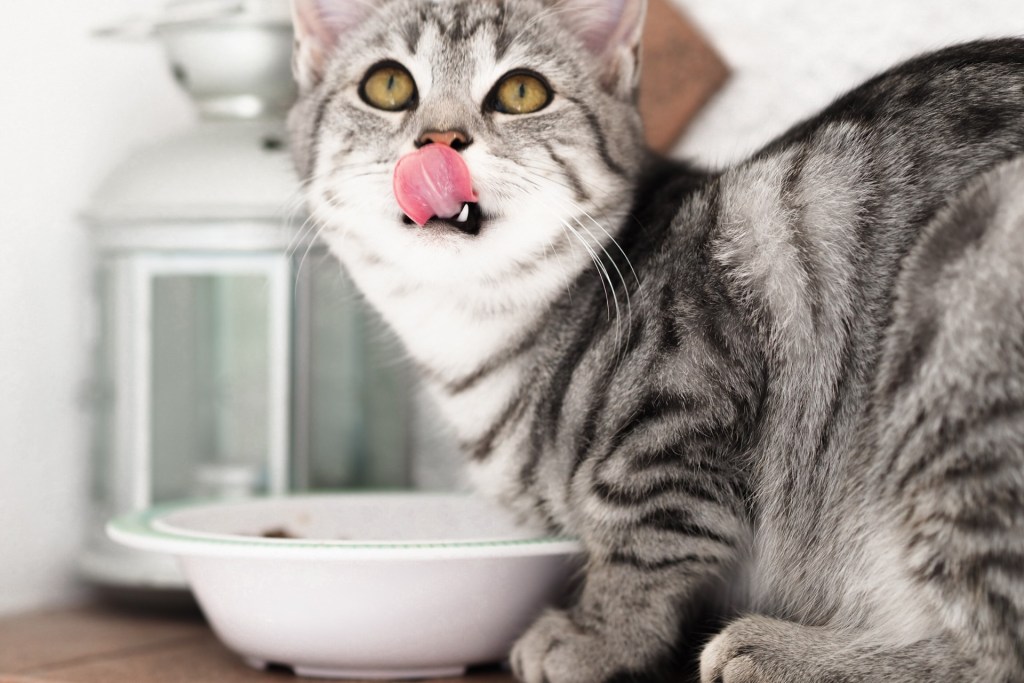
When you think of a cat’s wild relatives, you probably think of a lion or tiger. Like their counterparts, domesticated cats need lots of protein. And they need certain nutrients, like taurine, that can only be found in animal, not plant proteins. Cats require particular types of fats, including linoleic acid, arachidonic acid, and DHA. They must also get a sufficient amount of various minerals and vitamins. Notably, cats do not need carbohydrates, which is why feeding cats grain is not recommended. Although humans use carbohydrates for energy, cats instead optimize the energy they get from proteins and fats to the point that carbs are not necessary.
The food of utmost importance in cat nutrition is meat. Every pet food sold in the United States must list ingredients in descending order of prevalence and must also display a guaranteed analysis of nutrients such as protein, fiber, and fat. These guidelines were decided on by the Association of American Feed Control Officials (AAFCO).
Protein ingredients
Since animal protein is crucial to a cat’s diet, it should be your priority when looking at cat food labels. Healthy cat food has some type of meat as the leading ingredient. However, it may not be called “meat” in the ingredients list, which should actually specify the animal the meat came from. Also note that meat by-product, bone or fish meal, and beef tallow are other sources of animal protein.
Fatty ingredients
As already mentioned, fats are another essential component of a cat’s diet. They produce twice as much energy as protein. Animal fats and oils are commonly used as a good source of various fats. Omega-3 and omega-6 fatty acids are also necessary and include compounds such as linoleic acid and DHA. Don’t worry about your cat getting too much fat; as long as they are fed an AAFCO-certified food, they are receiving a balanced diet.
Trace elements and the like
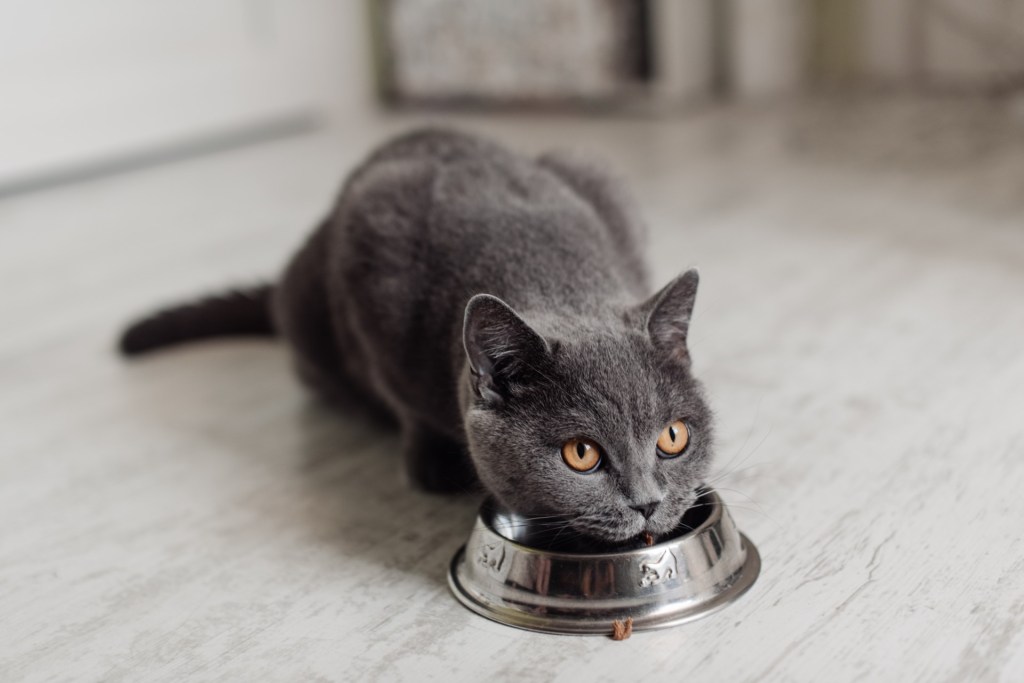
Unlike ingredients in human foods, the ingredients in your cat’s food that are hard to pronounce are usually necessary compounds, such as preservatives or vitamins. Why do dry cat foods need preservatives, you may ask? Spoiled food can be very dangerous, so it is important that dry cat foods contain adequate amounts of preservatives, which are a type of antioxidant, to prevent oxidation (spoilage).
Regardless of what preservative is in a cat food, always be sure to check its expiration date prior to feeding it to your pet. Aside from preservatives, other ingredients that you should look for in your cat’s food include 25 vitamins and minerals deemed essential by AAFCO.
What to avoid
We have already discussed what ingredients are important to have in a cat food. But which ingredients should you avoid? Again, cats do not need carbohydrates, which break down to sugars. Sugar has been linked to cancer in cats, so it is probably in your (and your cat’s) best interest to forgo foods that have carbs.
Cat experts recommend grain-free foods, or at the very least, those that contain only complex carbohydrates. Look for the words “corn,” “rice,” and “flour” to know which brands of cat food to avoid.
Other considerations
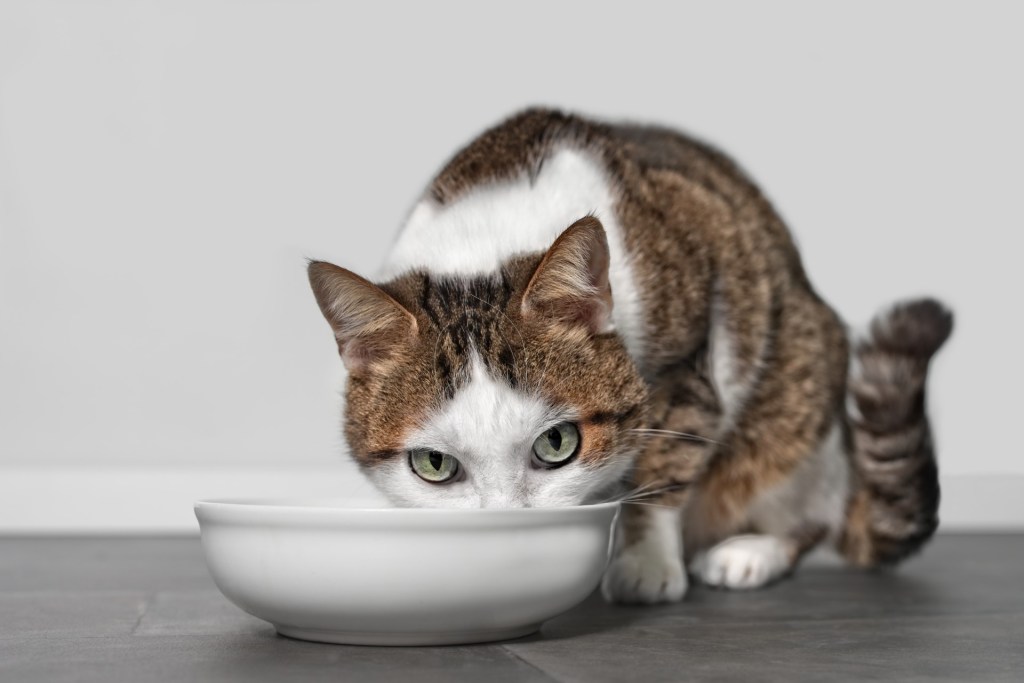
You may see distinctions like “natural” or “premium” when looking through dry cat foods. Healthy cat food does not have to have any of these labels, however, and sometimes those labels don’t mean much. Foods deemed “natural” might be labeled as such because they have no artificial ingredients. However, most cat foods do not have any artificial flavors anyways — but they do have man-made trace elements.
On the other hand, an “organic” pet food is one whose ingredients were grown and processed without pesticides. Dry cat foods advertised as “premium” do so without any FDA requirements for that label. Sometimes, a “premium” cat food is easier to digest.
You obviously want to feed your cat the very best food. Now that you’ve read this article, hopefully that task will be easier. Know that dry cat food doesn’t have to be unhealthy or contain grains, despite what some may believe. With your newfound knowledge, you can choose a healthy cat food to feed your furry friend(s)!
